
Nikk Ogasa is a staff writer who focuses on the physical sciences for Science News, based in Tucson, Arizona. He has a master's degree in geology from McGill University, where he studied how ancient earthquakes helped form large gold deposits. He earned another master's degree in science communication from the University of California, Santa Cruz. His stories have been published in Science, Scientific American, Mongabay and the Mercury News, and he was the summer 2021 science writing intern at Science News.

Trustworthy journalism comes at a price.
Scientists and journalists share a core belief in questioning, observing and verifying to reach the truth. Science News reports on crucial research and discovery across science disciplines. We need your financial support to make it happen – every contribution makes a difference.
All Stories by Nikk Ogasa
-
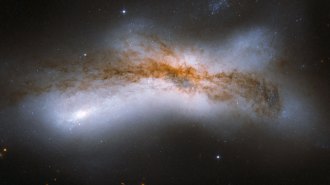 Astronomy
AstronomyA dwarf galaxy just might upend the Milky Way’s predicted demise
The Milky Way may merge with the Large Magellanic Cloud in 2 billion years, not Andromeda, contrary to previous findings.
-
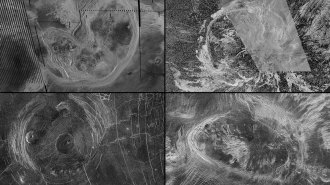 Planetary Science
Planetary ScienceVenus’ tectonics may be actively reshaping its surface
Circular landforms speckling the Venusian surface may be the work of tectonic activity.
-
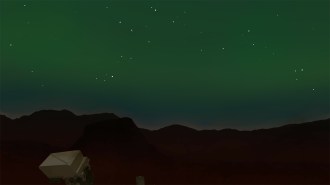 Space
SpacePerseverance takes the first picture of a visible Martian aurora
A faint yet visible Martian aurora is the first instance of the phenomenon spotted from another planet's surface.
-
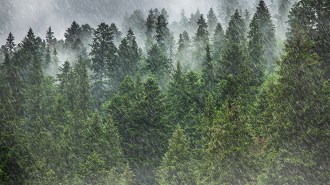 Environment
EnvironmentSkyborne specks of life may influence rainfall patterns
A study of weather on a mountain in Greece reveal that bioparticles in the sky may drive fluctuations in rainfall patterns more broadly.
-
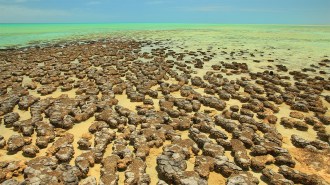 Oceans
OceansBefore altering the air, microbes oxygenated large swaths of the sea
Hundreds of millions of years before oxygen surged in the atmosphere 2.4 billion years ago, swaths of oxygen winked in and out of existence in the ocean.
-
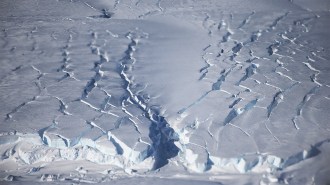 Climate
ClimateHidden Antarctic lakes could supercharge sea level rise
An overlooked Antarctic water system could raise sea levels by more than 2 meters by 2300, computer simulations show.
-
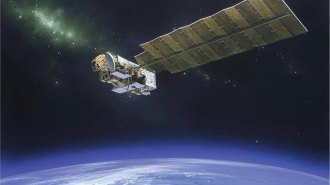 Earth
EarthThe ozone layer shields life on Earth. We’ll soon lose a key way to monitor its health
Imminent loss of NASA's Aura and Canada's SCISAT will severely diminish scientists’ ability to monitor ozone-depleting substances in the stratosphere.
-
 Physics
PhysicsA weird ice that may form on alien planets has finally been observed
High-pressure experiments generated the first direct observation of plastic ice, which has qualities of both crystalline ice and liquid water.
-
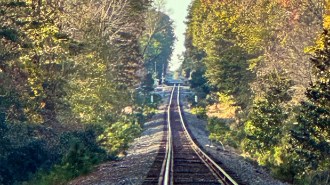 Earth
EarthSpooky floating lights in South Carolina could be earthquake farts
Gases that rise from the earth during earthquakes could explain strange sightings of floating balls of light.
-
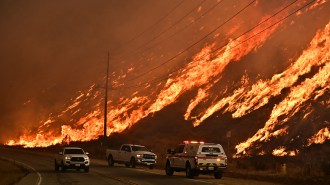 Climate
ClimateYes, you can blame climate change for the LA wildfires
Weather data show how humankind’s burning of fossil fuels made the hot, dry, windy weather more likely, setting the stage for the Los Angeles wildfires.
-
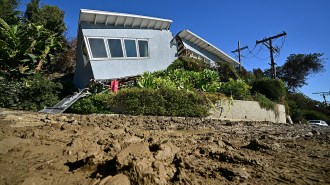 Earth
EarthAnother danger looms after the LA fires: Devastating debris flows
As wildfires burn the landscape, they prime slopes for debris flows: powerful torrents of rock, mud and water that sweep downhill with deadly momentum.
-
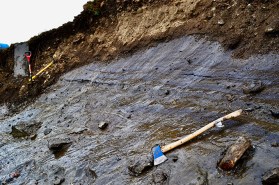 Climate
ClimateUnearthed ice may be the Arctic’s oldest buried glacier remnant
Thanks to climate change, thawing permafrost in the Canadian Arctic has revealed the buried remnant of a glacier that’s 770,000 years old.